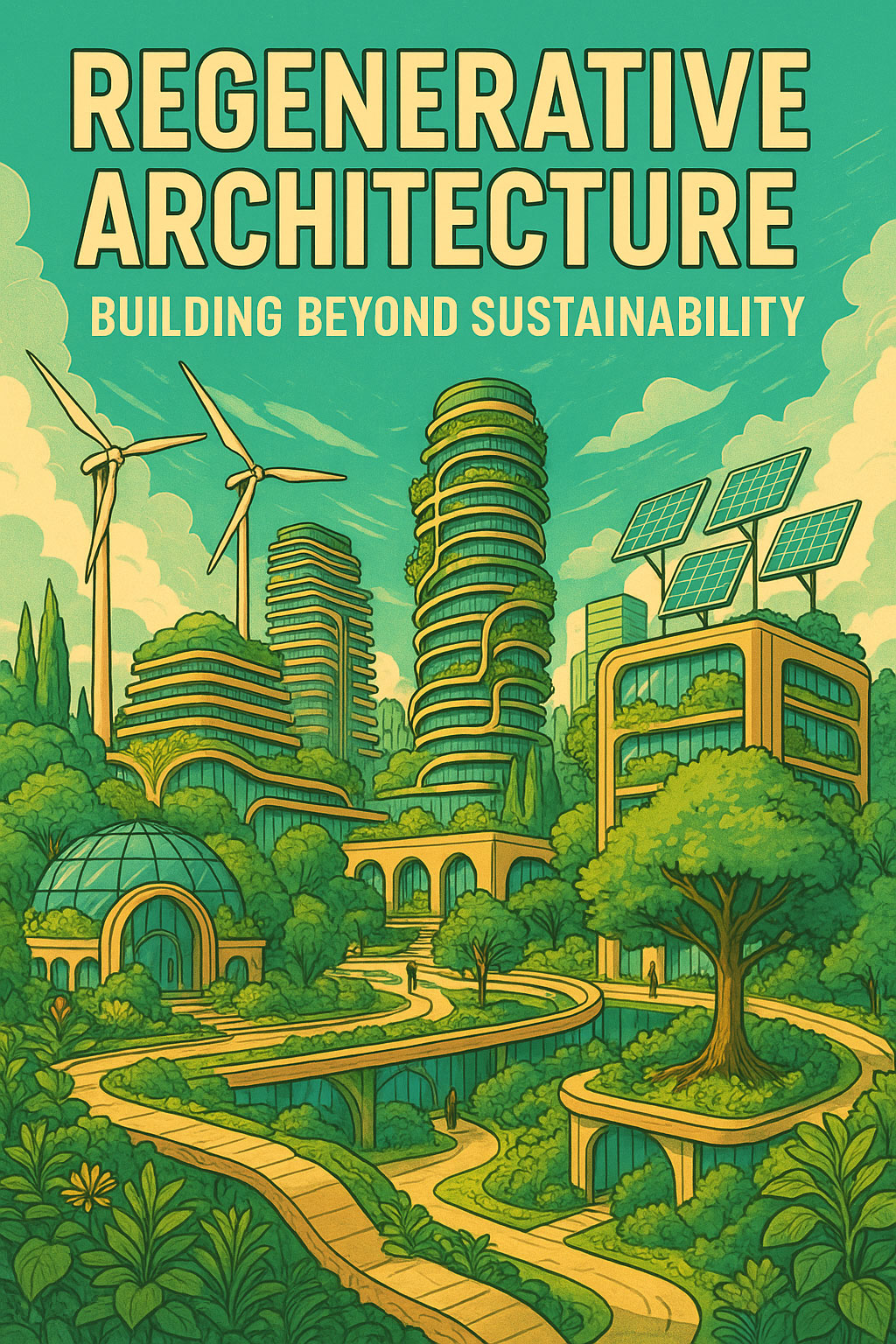When we think of insulation often times, the color pink and the feeling of itchiness is what comes to mind. While insulation is designed to reduce energy costs, in that sense, any insulation could technically be considered green. But eco-friendliness comes down to so much more than that – the manufacturing process, materials, and toxicity are other highly important factors to consider. The making of fiberglass insulation is an energy-intensive process — up to 10 times more so than eco-friendly alternatives. Even more, fiberglass insulation contains hazardous fibers that are linked to health issues like skin, eye, and respiratory tract irritation. And while fiberglass insulation can contain up to 30 percent recycled glass, it’s no match for Hempitecture HempWool® insulation which is an earth-friendly plant-based material made from 90% industrial hemp! Most homeowners leave the decision of insulation to contractors, but we believe that there are many reasons as to why you should choose HempWool for your insulation needs.
1. HempWool® is a healthy and non-toxic insulation
HempWool insulation contains no formaldehyde, glass fibers, asbestos, Chlorofluorocarbons (CFCs), Hydrofluorocarbons (HFC), or Hydrochlorofluorocarbons (HCFCs). There are no health risks such as cancer-related warnings associated with its installation. It does not irritate skin or itch as does mineral wool and fiberglass insulation.
2. Insulation that is mold and fungus resistant
HempWool is vapor permeable and hygroscopic – meaning it can interact with moisture without any problems. HempWool helps prevent airborne moisture movement, improving building durability and longevity. HempWool diffuses moisture and helps to protect the surrounding building components. It has the ability to store and release moisture without loss of its insulating properties. In fact, we’re currently doing a study on its mold resistance, since it is a great characteristic of the product. ASTM Standards testing shows no mold growth (it’s not complete yet though, as we’re advancing our testing).
3. The resulting insulation product is carbon negative.
HempWool is the only insulation that is carbon negative, meaning that you can reduce the embodied carbon footprint of your project with hemp insulation. Hempitecture intends to conduct further research in this area and improve the carbon reduction of HempWool. A life cycle analysis conducted at our current manufacturing partner’s facility shows signs that HempWool is a promising solution for embodied carbon in the built environment. This material shows a biogenic carbon uptake greater than its biogenic carbon output. Meaning, HempWool is carbon-negative insulation that can drive more sustainable outcomes for your project.
4. Ease of installation
HempWool is a panelized product. Similar to mineral wool in its form and installation process, there is no need to worry about expensive cost overruns during the install. The pressure fit system means no need for unreliable blowers, annoying staples, baffles, or insulation-retaining mesh.
HempWool is 90% hemp fiber and 10% binder. Due to its simple composition and non-toxic additives, it is safe to touch and handle without gloves. Basic PPE measures should always be used on a job site, but with HempWool, you have peace of mind that you’re not harming your body.
The pressure fit system that keeps HempWool in place with no slumping or sagging means better overall performance. Reduce costly call-backs with a product that ensures a tight thermal envelope. The high thermal inertia of HempWool makes it a phase-shift resistant material, keeping the home comfortable all year round.
5. Supporting Local: Insulation that is U.S.A. Made and Grown
Insulation that’s grown in the US?! Soon, that will become a reality. HempWool is created using the fiber from industrial hemp, grown sustainably in rural communities across the United States and Canada. These seeds grow into a crop that offsets 9.8 tons of CO2 per acre. That’s the equivalent of taking 2.1 cars off the road for a year.
By building a new insulation manufacturing facility in Southern Idaho, Hempitecture is afforded the opportunity to help rural communities that are essential to our supply chain flourish and grow, as Hempitecture sources the raw industrial hemp materials from agriculturally focused regions across the Rocky Mountain North West. This nonwoven materials facility will not only create HempWool insulation for various types of building projects (including residential, commercial, and modular homes), but it will also create sustainable cold freight packaging materials for shipping and packing food, medicine, and other consumer package goods that require temperature control.









Leave A Comment